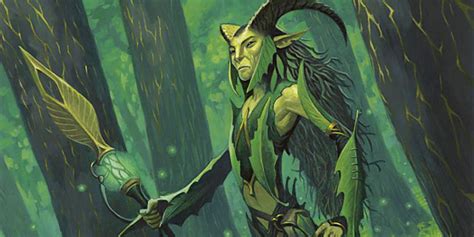How to Become a Druid: A Step-by-Step Guide for Beginners
The path to becoming a Druid is a deeply personal journey, one of connection with nature, self-discovery, and spiritual growth. There's no single, universally accepted method, as Druidry encompasses a diverse range of traditions and beliefs. However, this guide offers a step-by-step approach for beginners interested in exploring this ancient path. This isn't about joining a specific order; it's about cultivating a Druidic mindset and practice.
Understanding Druidry: More Than Just Trees
Before embarking on your journey, it's vital to understand what Druidry entails. It's not simply about worshipping trees (though nature plays a crucial role). Druidry is a nature-based spirituality that emphasizes connection with the natural world, a deep reverence for the earth, and a focus on personal growth and spiritual development. Different traditions emphasize various aspects – some focus on ancient practices, others on modern interpretations. Researching different branches of Druidry (e.g., OBOD, ADF) can provide a wider understanding.
Step 1: Connecting with Nature
The cornerstone of Druidry is a deep connection with the natural world. Start by spending time outdoors regularly. Go for walks in forests, sit by rivers, observe the changing seasons. Develop a mindful awareness of the natural rhythms around you. Pay attention to the details: the songs of birds, the feel of the wind on your skin, the scent of the earth after rain. Journaling your experiences can deepen your connection.
Step 2: Learning About Nature
Simply observing nature isn't enough; understanding it is crucial. Learn about local plants, animals, and ecosystems. Identify trees and flowers in your area. Learn about their properties, uses, and the role they play in the environment. Books, online resources, and local nature walks are all excellent learning tools. This knowledge will enrich your connection and deepen your appreciation for the natural world.
Step 3: Studying Druidic Lore and History
Exploring the history and lore of Druidry is essential. Read books and articles on the subject, being mindful of the limited historical evidence and various interpretations. Understand that our understanding of historical Druidism is fragmented and based largely on Roman accounts, often biased. Focus on understanding the underlying principles and philosophies that modern Druidry draws upon.
What are the main branches of Druidry?
There's no central authority in Druidry, resulting in a multitude of traditions and approaches. Some of the more well-known organizations include the Order of Bards, Ovates, and Druids (OBOD) and the Ár nDraíocht Féin (ADF). Each has its unique practices, rituals, and interpretations of Druidic principles. Researching these and others will help you find what resonates with you personally.
What are the core beliefs of Druidry?
Druidry centers around a reverence for nature, seen as sacred and interconnected. It emphasizes living in harmony with the earth and its cycles, developing personal spirituality through connection with the natural world, and celebrating seasonal festivals tied to the solar year. Ethical principles like respect for life and environmental stewardship are central.
Step 4: Developing Spiritual Practices
Druidry isn't just about knowledge; it’s about spiritual practice. Explore meditation, mindfulness, and other practices that help you connect with your inner self and the natural world. Develop your own personal rituals and celebrations aligned with the seasons and natural cycles. This might involve creating altars, performing simple offerings, or simply spending time in quiet contemplation in nature.
Step 5: Finding Your Path
The journey of becoming a Druid is unique to each individual. There is no set path or checklist. Embrace the process of self-discovery and learning. Explore different aspects of Druidry, find what resonates with you, and develop your own practice. Consider connecting with other Druids or participating in local gatherings (if comfortable), but remember that your personal connection with nature and spiritual development is paramount.
Step 6: Ongoing Learning and Practice
Becoming a Druid is not a destination but a continuous journey. Keep learning, keep practicing, and keep deepening your connection with the natural world and your inner self. Engage with the community, share your experiences, and continue to grow your understanding and practice of Druidry.
This guide provides a framework for beginners. Remember, the path is yours to forge. Embrace the process, be patient with yourself, and enjoy the journey of connecting with the ancient wisdom and vibrant spirit of Druidry.

